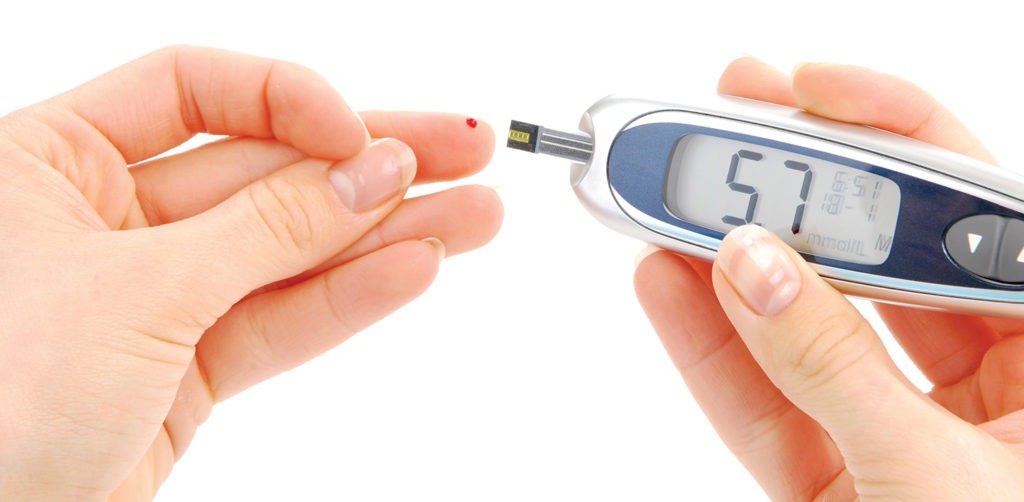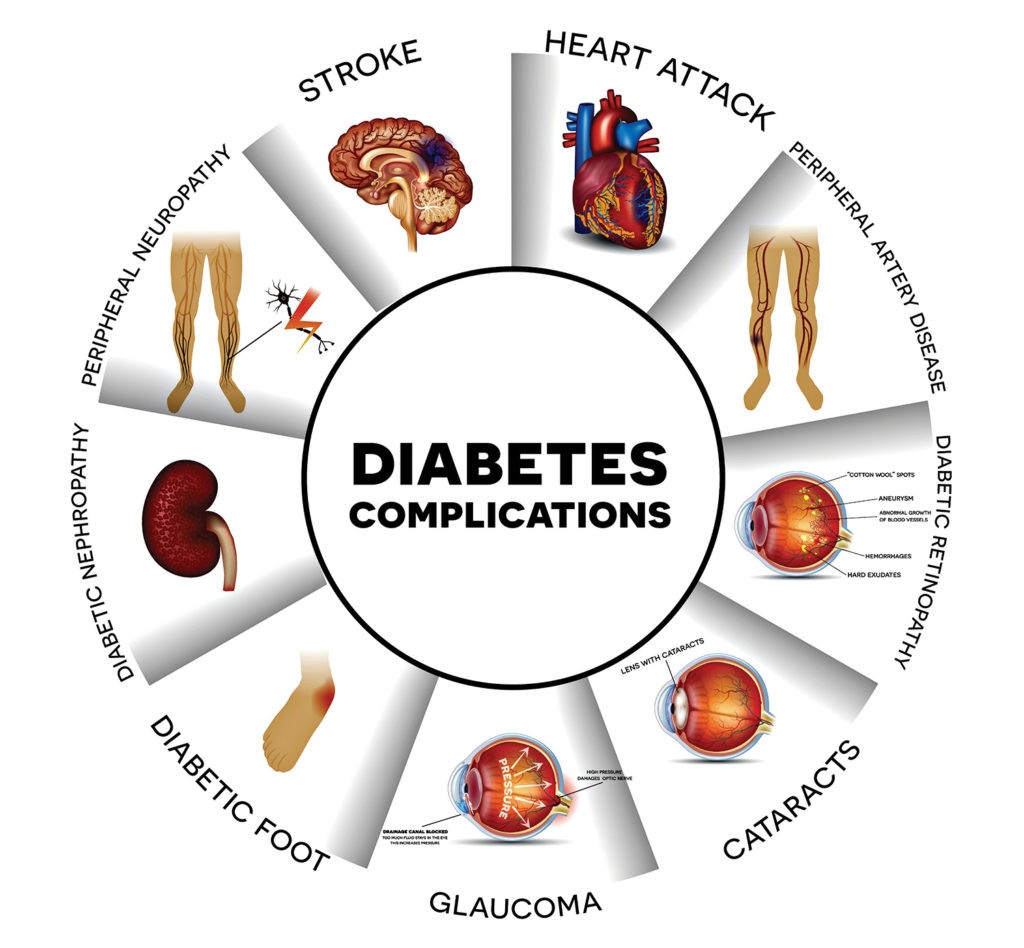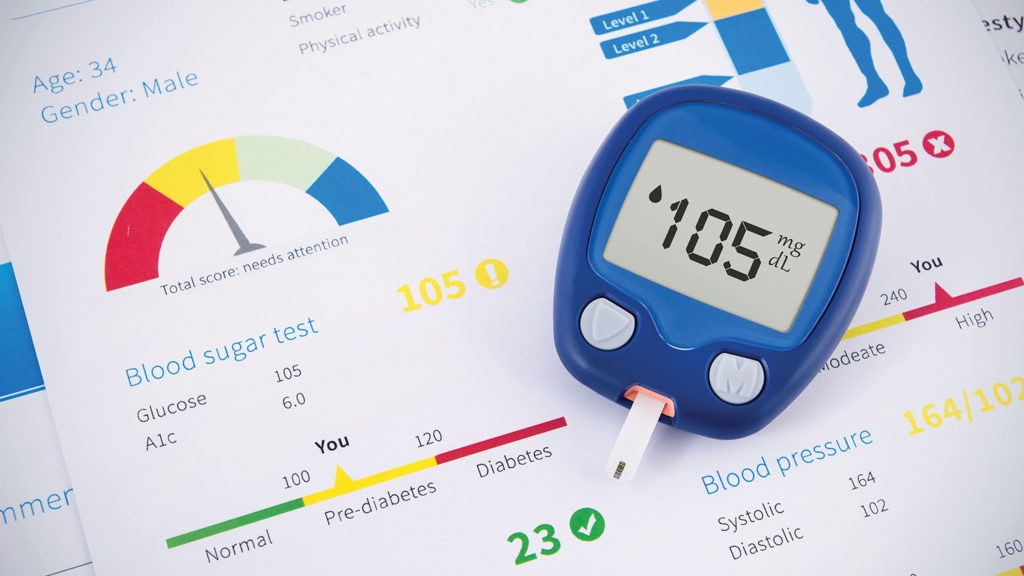National Diabetes Month

It’s time to understand the ABCs of Diabetes and become the director of your own health!
The statistics are just as staggering as they are frightening. One in 10 Americans has diabetes, which accounts for more than 30 million individuals. That number may continue to grow, however, as another 84 million adults in the United States are at risk for developing Type 2 diabetes. Left untreated, diabetes can be a death sentence, as it is one of the primary causes of disability and death in the United States. If not managed and controlled, this disease can pack a serious punch, potentially leading to blindness, nerve damage, kidney disease and a host of other health problems.

National Diabetes Month is observed every November, and is an integral part of the American Diabetes Association’s effort to raise awareness of this menacing disease impacting so many lives. Living with diabetes is not easy, and of all the people on your diabetes care team, you are the most important member, as you are in charge of the changes you make to improve your health. As such, this year’s theme is You Are the Center of Your Diabetes Care Team. Those within the health care arena can get involved by sharing resources and reminding people with diabetes they are the most important member of their diabetes care team, and that seeking continued support from their health care professionals, friends, family and community is a highly integral part of successfully managing this disease.
How do you manage diabetes for life? First of all, take the time to learn about diabetes. There are three main types: Type 1; Type 2; and Gestational. With Type 1, the body does not make insulin, which is what we need to live. With Type 2, the body does not make or use insulin well. This is the most common type of the disease. Gestational diabetes occurs during pregnancy and most of the time goes away after the baby is born. However, even if it does go away, the women affected – and their children – are at an increased risk of developing diabetes later in life.
Yes, diabetes is a serious disease, but it is not unmanageable. In order to successfully control it, it is vital to make healthy food choices, keep your weight at a healthy level, and incorporate more physical activity into your daily routine. It may sound like a lot to consider, but it is well worth the effort. With diabetes, you may feel less energetic, become more tired and thirsty, have to visit the bathroom more often, suffer from slow-to-heal wounds and have an increased number of skin or bladder infections. More damaging are the adverse effects it takes on your overall health, including the potential for heart attack or stroke; vision problems and potential blindness; pain, tingling, or numbness in your hands or feet; and teeth and gum issues.

If you have been diagnosed with diabetes, ask your health care professional what type you have and then learn where to go for support and how to care for your diabetes so you feel good not just today, but in the years to come. All it takes is a rehearsal of your ABCs, in a new light, and this means understanding your A1C, your blood pressure and your cholesterol. The A1C is a blood test designed to measure your blood sugar levels over time. If those numbers get too high, the elevated levels of blood sugar can harm your heart, blood vessels, kidneys, feet and eyes. Ideally, your A1C goal should be below seven. Ask your doctor what it should be specifically for you. Keep tabs on your blood pressure. For most individuals with diabetes, the goal is 140/90. If your blood pressure gets too high, it makes your heart work harder and therefore can lead to a stroke or a heart attack, as well as damage your kidneys or eyes.
Learn the difference between good cholesterol and bad cholesterol. LDL, the “bad” cholesterol, is what builds up and can clog your blood vessels. The “good” cholesterol – HDL – assists in removing the LDL from your blood vessels. Be sure to inquire of your health care team what your personal A1C, blood pressure and cholesterol numbers are and what they should be in relation to those numbers.
Living with diabetes can also take a toll on your mental health, causing you to feel sad, upset or overwhelmed. Sure, you may know and understand what you need to do to stay healthy, but sticking with the overall plan may be a challenge for you. Try to avoid being stressed, which can raise your blood sugar. Instead, engage in some deep breathing exercises, take up meditation, pursue a new hobby or just go for a walk.
Establish a specific meal plan and stick with it. Choose foods lower in calories, saturated fat, sugar, trans fat and salt. Opt for fiber-rich foods, including whole grain cereals, breads, crackers, rice or pasta. Factor in more vegetables and fruits into your diet and fill your glass with water instead of soda or juice.
Take time to be active every day. If this is new for you, start with a goal of taking three, 10-minute walks a day. Focus on muscle strength, as well, at least twice a week. This doesn’t mean you have to be a gym rat, though. You can obtain good results from heavy gardening, yoga, using stretch bands or even doing some push-ups. With this change in diet and exercise, be sure to also focus on a healthy weight goal.

If you are on medication for diabetes, stick with the regimen as directed by your doctor. If you are experiencing any side effects at all, let your doctor know immediately. If you notice any changes in your health, report those to your doctor.
As the most important member of your care team, you have the power to make these changes. Fortunately, with the support of your health care professionals, family, friends, and your surrounding community, you can ask for healthy meal plans, ways to be more active, tips for self-care and you can then review how your overall plan is working every time you visit with your doctor. Each physical exam should include a blood pressure check, a foot check, a weight check and a review of your self-care plan. An A1C test should be taken twice a year (more if your number is over seven). On an annual basis, have your cholesterol checked; get a complete foot exam and dental exam; undergo a dilated eye exam; get the flu shot; and have your urine and blood tested for any potential kidney problems.
This may all seem overwhelming and perhaps even too much to even consider, but once you set a routine for a healthy lifestyle, it will become habitual, which is one habit you probably won’t want to break! Once motivation gets you started, the habits will keep you going.
For more information on National; Diabetes Month, get tips on Twitter at #DiabetesMonth or refer to the Diabetes Discoveries & Practice blog on the NIDDK website (niddk.nih.gov) or plan to host or participate in an event, such as World Diabetes Day on November 14.


